Now Reading: Top 5 Best Places to Visit in Surin – Temples, Culture & Elephant Experiences
-
01
Top 5 Best Places to Visit in Surin – Temples, Culture & Elephant Experiences
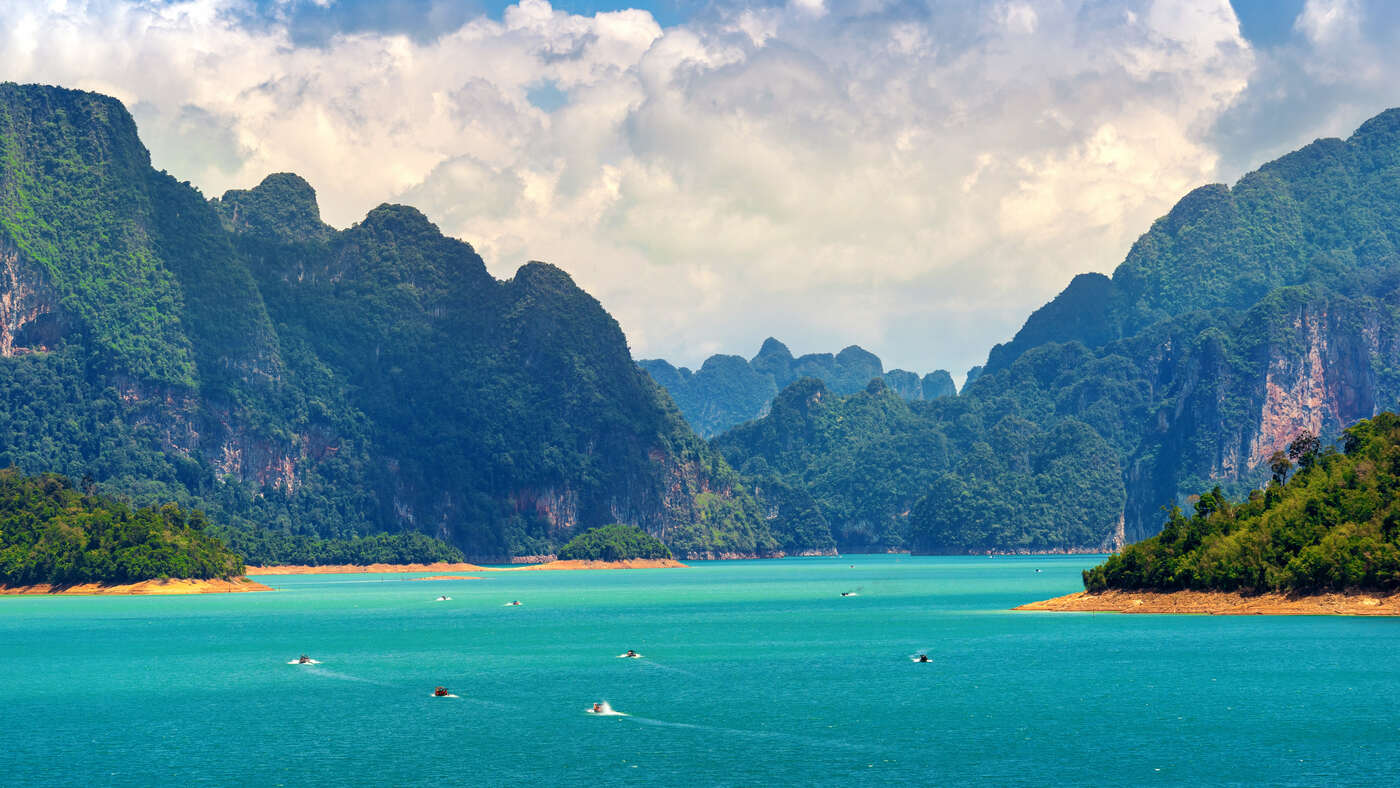
Top 5 Best Places to Visit in Surin – Temples, Culture & Elephant Experiences
1.Ban Buthom Basketry Village

If you venture to Ban Buthom Basketry Village in Mueang Thi, you’ll find untouched Thai craft-making skills on display. The village gains a new life after the harvest, as most people start to weave baskets from grass.
Ban Buthom life changes with each season. Once the harvest is done, the villagers easily spend their time making baskets. These baskets are more than practical. They are handmade by talented people who have learned from others in their family and community over many years.
Take a walk through the village at this time and you’ll find artisans woven around bamboo and rattan, discussing ideas with their neighbors and demonstrating customs passed down through the community. No two baskets are the same, as each is formed by hand, intuition and the craftsman’s experience.
Items that have a special story
Whether you’re looking for a simple daily bag or an artistic item to keep, the goods here are beautiful reminders of Thai village life. Choosing to buy from the makers helps support their way of life and helps keep this vanishing tradition going.
Info for Visitors:
- The place is in Ban Buthom, Mueang Thi, Thailand.
- Most weaving happens after autumn harvests, so a good time to visit is after that (usually late autumn to winter).
- How to Participate: See people weaving, meet the artisans and buy handmade baskets.
- When buying handmade items, bring enough cash and get the artist’s agreement before snapping any photos.
2. Queen Sirikit Sericulture Center

Enjoying simple textiles or smile silk? A trip to the Royal Sirikit Sericulture Center takes you right into the tradition of making Thai silk. Situated in the peaceful parts of the Surin Islands, the center helps Village silk weaving continue while creating employment for the local people.
From Cocoon to Weaving: Silk’s Life Cycle
Its distinctive feature is how deeply students learn there. Visitors can observe every part of making silk—starting with caring for silkworms, collecting cocoons and finishing with dyeing and using threads for weaving. Every beautiful Thai silk object is proof of the skill, patience and time that go into each one.
The last of Thai Craftsmanship’s living heritage
The Queen Sirikit Sericulture Center has a key part in saving and restoring Thailand’s textile heritage. Most of the artisans are women using looms to create colorful and elaborate fabric. They are not only things you can buy; they show your cultural background and are treasured and shared over time.
The facility does more than simply attract interest; it brings work and opportunities for education. It trains people, provides jobs and makes sure families earn money, all of which support the silk arts of today. When you back this initiative, you are backing sustainable and ethical creation of craft items.
Visitor Info:
- The sericulture center is at Queen Sirikit Sericulture Center in the Surin Islands region of Thailand.
- What You’ll Find: You can watch silk-making, visit workshops and buy handcrafted silk goods in the on-site store.
- The best months to travel are November through February, as it’s cooler and everything is open.
- Allow at least two hours to look around the center and try not to miss the store filled with handmade silk items
3. Surin National Museum

If you want to discover the deep cultural origins of northeastern Thailand, spending time at the Surin National Museum will be both valuable and interesting. The provincial capital is home to the museum which shows visitors everything about the region’s history, traditions and ethnic identity over many centuries.
A Look back on Surin’s History and its Modern Times
The museum is organized into distinct areas that chart Surin’s geography, archaeology, ethnology and cultural history. It tells how the region developed from early times to now, with detailed attention to the Kauai people, who settled there before anyone else did. Artifacts, maps and interactive exhibits let people understand the role that geography and human movement had on defining Surin’s identity.
- Elephants, Silver and Silk: Styles and Forms Remembered
- Of the three elements central to Surin’s work, the museum puts a premium on these:
- Surin is known not only for the strong link its people have with elephants, but also for its long-standing connection with these big animals.
- Sericulture which shows how silk is made in the same way it always has been around this area.
- The careful work and rich creativity of local artisans are clearly seen through their silverware, a craft that has survived in families for a long time.
It’s Not Only a Museum
This place offers something you won’t see in most museums. At the Surin National Museum, all can experience and appreciate the heritage that has formed local identity forSurin. You can learn here in a way that makes you want to keep exploring little-known regional cultures in Thailand.
Information for visitors is available.
The museum is found in Surin National Museum, Surin’s main town, Surin Province, Thailand.
Opening Times: Usually open to the public on Tuesday, Wednesday, Thursday, Friday, Saturday and Sunday, 9:00 AM to 4:00 PM and are closed on Mondays as well as on public holidays.
A good recommended time for this hike is 1.5 to 2 hours
One tip is to include a local market or some cultural sites with your visit of Surin to get a clearer sense of its people.
4. Pansea Beach

This treasure is placed quietly between Surin and Bang Tao Beaches, being one of the most private spots on the island. Because of its clean water, golden sands and amazing rocks, this place appeals to couples who long for peace, holiday privacy and perfect views.
The Most Secluded of All Scenery
Because Pansea Beach is open just to guests of the Amanpuri Resort and The Surin Phuket Hotel, it stays peaceful and uncrowded. By keeping it off the tourist trail, the beach has remained pristine, out of the rush and special to those who visit.
Visitor Info:
- This section of Phuket is on the west coast, just beside Surin Beach.
- Guests of Amanpuri and The Surin Phuket may use the private beach; otherwise, you can travel by boat.
- For the best weather and calmer waters, it’s best to plan your trip from November through April.
- It’s important to bring: Sunscreen, a camera for the amazing views and any snorkeling equipment you want to use.
5.Tour the Surin Islands

If you’re seeking a vacation in an unusual area, the Surin Islands should definitely be first on your travel wishlist. Right in the Andaman Sea, the islands are known for their beauty, relaxing beaches and unique cultural roots which help make them one of Thailand’s best hidden gems.
Because there aren’t many tourists and the area is well-protected, the Surin Islands are still quiet and clean. Clear waters, exotic coral reefs and white beaches give this place an unforgettable look, far from big tourist attraction spots. You can come here to relax, go snorkeling and enjoy being outdoors.
A special thing to see on the islands is the Moken people, who are commonly called the “sea gypsies.” The people of these indigenous groups have resided on and around the islands for a very long time, their way of life is tied to the ocean. You get to witness the customs, creative work and daily life of the people in their home village.
Your trip isn’t complete without trying some local food cooked up by the Moken people. The island’s native food is simple, fresh and very tasty. Sitting down to eat changes your vacation into a more personable experience.
Just let go and take it easy.
Following your time exploring culture, visit the nearby beaches and relax as you watch, listen to and feel the waves. Looking for rest? In the Surin Islands, you can swim, snorkel or just chill with a book in the shade.
Information About the Tour:
- The Surin Islands in the Andaman Sea, Thailand
- Tours can be taken from Khao Lak or Phuket which often include the boat trip to and from the islands
- The weather and sea conditions are best for travel during November to April.
- Snorkeling gear, some sunscreen, a hat, camera and a sense of adventure are what you should bring.
Related articles : Top 10 Best Places to Visit in Tak – Waterfalls, National Parks & Cultural Sites
Stay Informed With the Latest & Most Important News
Previous Post
Next Post
-
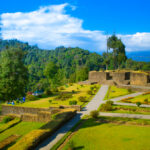 01Top 5 Best Places Visiting in Gyalshing – Monasteries, Lakes & Scenic Escapes
01Top 5 Best Places Visiting in Gyalshing – Monasteries, Lakes & Scenic Escapes -
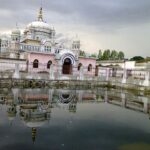 02Top 5 Best Places Visiting in Panna – Temples, Waterfalls & Wildlife Escapes
02Top 5 Best Places Visiting in Panna – Temples, Waterfalls & Wildlife Escapes -
 03Top 2 Best Places Visiting in Chitradurga for History, Nature & Adventure
03Top 2 Best Places Visiting in Chitradurga for History, Nature & Adventure -
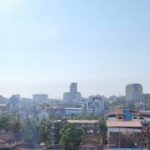 04Top 10 Best Places Visiting in Dakshina Kannad for Culture, Nature & Coastal Charm
04Top 10 Best Places Visiting in Dakshina Kannad for Culture, Nature & Coastal Charm -
 05Top 5 Best Places to Visit in Malerkotla – Malerkotla Fort, Sheesh Mahal & More
05Top 5 Best Places to Visit in Malerkotla – Malerkotla Fort, Sheesh Mahal & More -
 06Best Places Visiting in Shopian – Explore Top Attractions & Hidden Gems
06Best Places Visiting in Shopian – Explore Top Attractions & Hidden Gems -
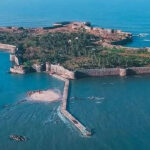 07Top 10 Best Places to Visit in Sindhudurg for Beaches, Forts & Nature
07Top 10 Best Places to Visit in Sindhudurg for Beaches, Forts & Nature












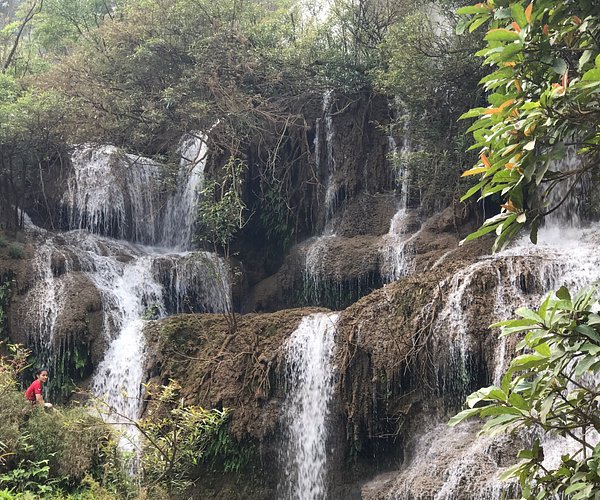
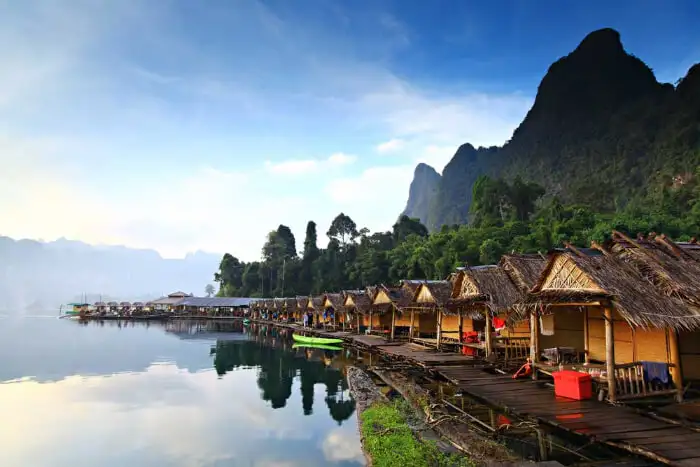
Pingback: Best Places to Visit in Surat Thani – Explore Islands, Nature & Culture